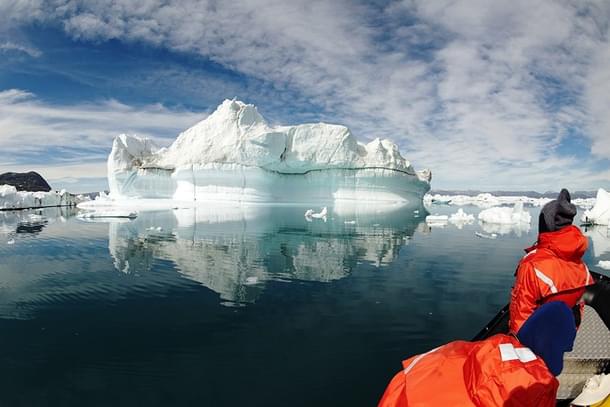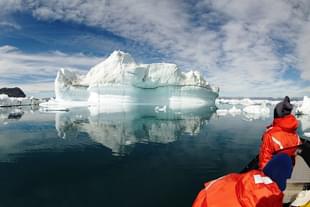Insta
The Thickest And Oldest Ice In The Arctic Is Breaking For The First Time
Swarajya Staff
Aug 22, 2018, 09:29 AM | Updated 09:29 AM IST
Save & read from anywhere!
Bookmark stories for easy access on any device or the Swarajya app.


Waters north of Greenland, which normally remained frozen even in summer, are opening as the oldest and thickest sea ice in the Arctic is breaking up.
This worrying phenomenon has never been recorded before. It has been triggered by warm winds and climate-change in the northern hemisphere, experts have said. The abnormal temperature spikes in February had adversely affected this thick sheet of white ice, exposing miles of the Greenland coastline.
A small animation from @DTUSpace
— Leif Toudal (@elmltp) August 13, 2018
showing our combined #Sentinel1 and #AMSR2 images and our @CMEMS_EU #Sentinel1 1-day ice drift vectors. All from https://t.co/KMsYanQEs4 pic.twitter.com/6ctc0JzgpQ
According to records put out by the Norwegian Ice Service, the sea area around Svalbard - a Norwegian archipelago between mainland Norway and the North Pole area - was at 43,231 square miles on Thursday. This was 44,775 square miles below the average recorded between the years 1981 to 2010. It is also the lowest area for this day of any given year dating back to 1967.
Satellite records of the region started being kept in the 1970s.
Ice cover in the Svalbard area this week is 40 per cent below the average for this time of year since 1981. Experts have said that the Arctic Ocean will have no summer ice at some point between 2030 and 2050.





